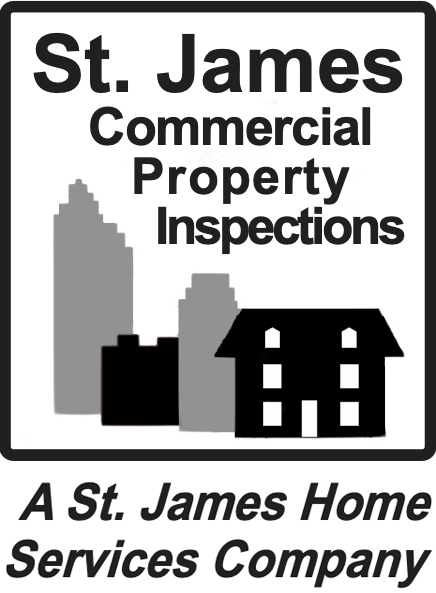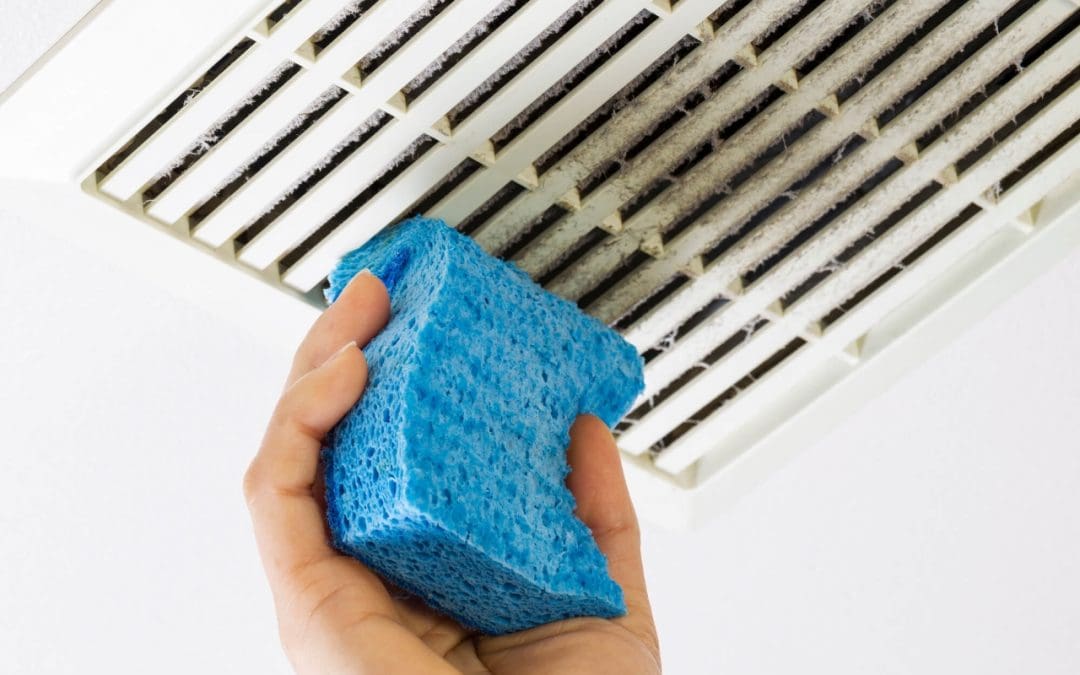Indoor air quality plays a crucial role in maintaining a healthy and productive workplace. Whether you manage an office building, a retail store, or a manufacturing facility, the air inside your property directly affects the well-being of everyone who enters. Poor indoor air quality may cause fatigue, headaches, respiratory issues, and even long-term health concerns. Moreover, it affects comfort, focus, and overall productivity. For business and property owners, taking proactive steps to improve indoor air quality is a business investment. Clean air creates a better experience for employees, customers, and tenants.
Understanding What Affects Indoor Air Quality
Dust, pollen, cleaning chemicals, mold, and carbon dioxide all contribute to unhealthy air. In commercial properties, additional factors such as office equipment emissions, inadequate ventilation, and building materials may further compromise air quality. HVAC systems play a significant role in determining the level of cleanliness or contamination in your air. If filters are clogged or ducts are dirty, those pollutants recirculate throughout your building. Over time, this will create an unhealthy environment that affects both occupants and your equipment. Identifying and controlling these sources is the first step in creating a healthier, more comfortable space for everyone inside.
How to Improve Indoor Air Quality Through Ventilation
Ventilation is one of the most effective ways to improve indoor air quality. Proper airflow helps flush out contaminants, brings in fresh air, and maintains comfortable humidity levels. In commercial spaces, this often means evaluating and upgrading your HVAC systems to ensure they not only heat and cool efficiently but also filter and circulate air properly. Scheduling regular maintenance is essential. Filters should be replaced frequently, ducts should be cleaned, and mechanical components should be inspected for buildup or leaks. Even small improvements, like introducing energy recovery ventilators or adjusting air exchange rates, will make a noticeable difference. For businesses with limited ability to open windows, mechanical ventilation is even more important. Professional HVAC inspections will reveal if your system is underperforming or if upgrades are needed to meet modern air quality standards.
The Role of Air Purification in Commercial Spaces
Adding air purification systems is another effective way to improve indoor air quality, especially in high-traffic or enclosed environments. Air purifiers equipped with HEPA filters or activated carbon capture particles and odors that basic HVAC filters miss. For larger buildings, whole-system purifiers could be integrated directly into your existing HVAC system for continuous, building-wide filtration. In some cases, advanced solutions like UV-C light technology can be installed within ducts to eliminate bacteria, mold spores, and viruses. These tools are especially valuable in medical offices, restaurants, and other businesses where air cleanliness is a top priority.
Maintenance Habits That Improve Indoor Air Quality
Clean air starts with consistent habits. Routine maintenance tasks keep your systems running smoothly and prevent air quality issues from developing. Regularly cleaning vents, replacing HVAC filters, and scheduling professional inspections will ensure that pollutants aren’t being circulated. In commercial spaces, janitorial products and practices also impact indoor air. Using low-VOC cleaning supplies and avoiding overuse of aerosol products will reduce the buildup of irritants in the air. It’s also wise to monitor humidity levels to prevent mold growth. Building owners should consider conducting indoor air quality testing at least once a year. Professional testing identifies specific pollutants and helps guide any necessary upgrades or remediation steps.
Energy Efficiency and Air Quality Go Hand in Hand
Interestingly, efforts to improve indoor air quality often align with energy efficiency goals. Modern HVAC systems and smart building technologies allow better control over temperature, humidity, and ventilation while using less energy. This means you will create a healthier environment without driving up operational costs. By integrating air quality monitoring sensors, property managers receive real-time feedback on air conditions and make automatic adjustments to maintain balance. These systems provide measurable data that help prove compliance with air quality standards while guaranteeing consistent comfort for building occupants.
Creating a Long-Term Strategy to Improve Indoor Air Quality
Improving indoor air quality is an ongoing process. Just like maintaining electrical or plumbing systems, your air systems require attention and care. The best results are achieved by combining smart design, regular maintenance, and advanced technology. Business owners who prioritize indoor air quality reap tangible benefits, including healthier employees, lower energy costs, and a stronger reputation. It’s a clear reflection of your commitment to quality and professionalism. Clean air creates a better environment for everyone who works, visits, or invests in your property.
Frequently Asked Questions (FAQs)
Why is indoor air quality important for commercial buildings?
Poor air quality affects health, comfort, and productivity.
How often should air filters be replaced?
Depending on your system and environment, filters should be replaced every one to three months.
Can air purifiers replace ventilation systems?
No, both work together to maintain clean and balanced air indoors.
Is professional air testing worth it?
Yes. Professional testing provides detailed insights into pollutants and helps identify the best strategies for improving air quality in the long term.
St. James Commercial Property Inspections offers inspection services in North Carolina and Southern Virginia. Contact us to request an appointment.

